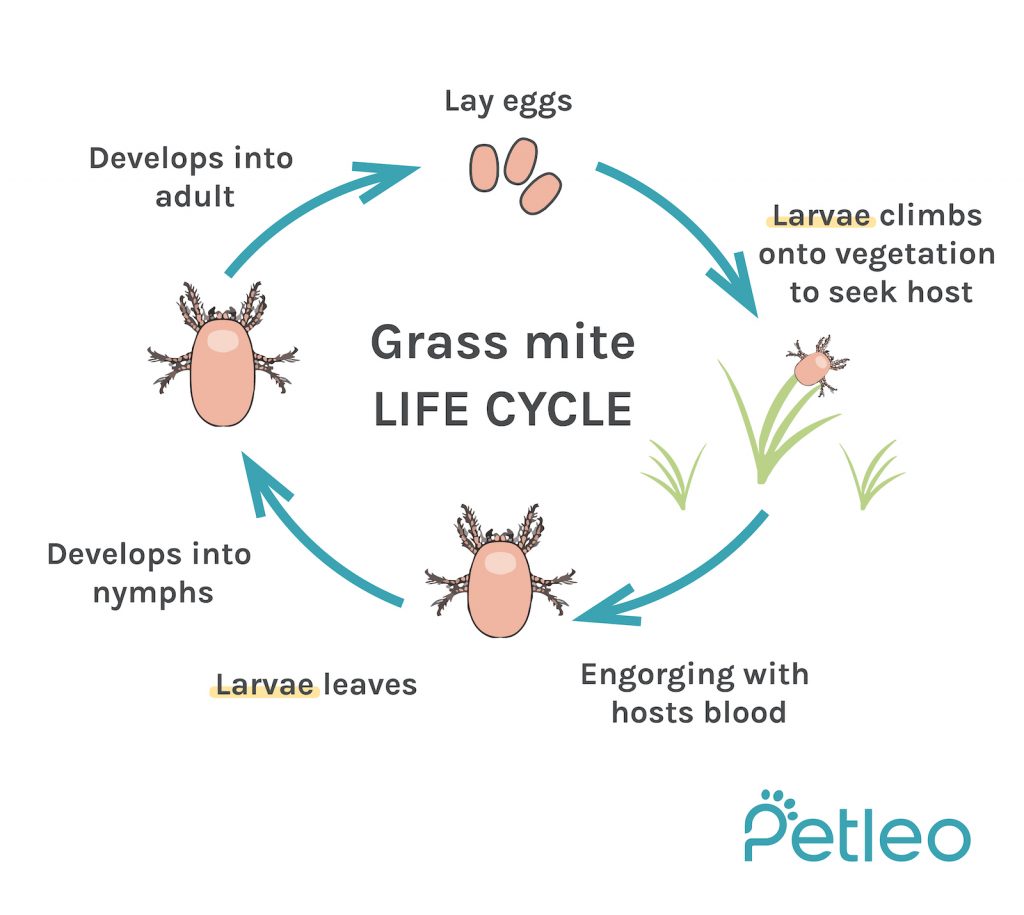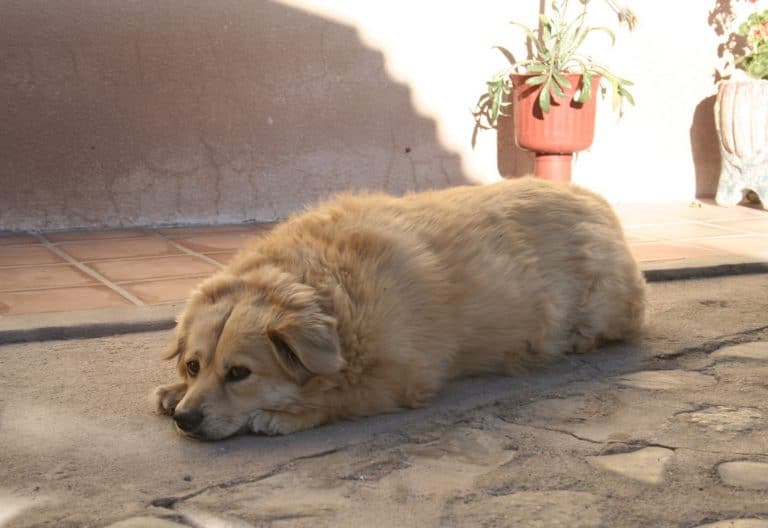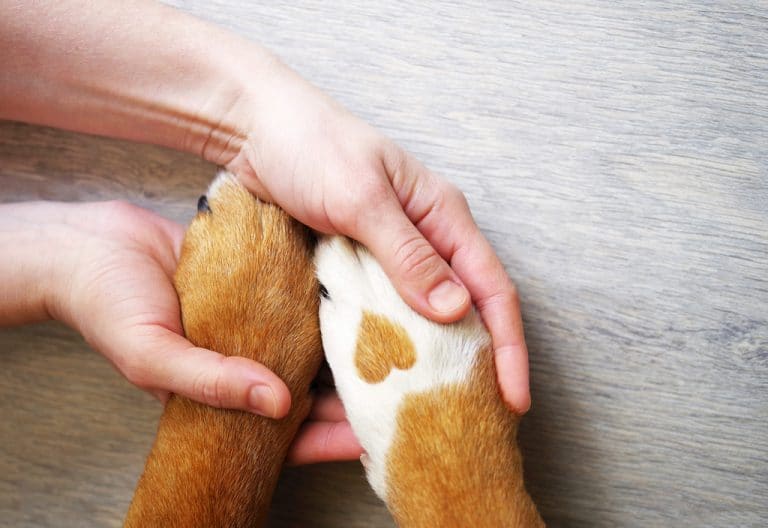Summer and autumn are the time when the harvest mites, which are tiny orange mites, become a problem for dogs (and also for us). Their bites cause intensely itchy and red, usually on the feet, legs, and ears area.
Here you will find out about this tiny parasite that causes dogs to itch, as well as information about how you can protect your dog.
What is Grasmilben?
The disease caused by this parasite is also called “trombiculosis”. Symptoms are caused by mite larvae of the family Trombiculidae. These larvae are acquired by dogs lying on the ground or walking in suitable habitat.
After attaching themselves to their hosts, grass mites feed on epithelial secretions, and blood of the dog for several (5–7) days. They won’t transmit to another dog.

How does dog get grass mites?
The risk of infection is higher for roaming dogs, dogs that lay on the ground in areas that may be grassy, and for dogs that hunt.
What seasons do grass mites affect dogs?
Summer and autumn are the time when the harvest mites, which are tiny orange mites, become a problem for dogs (and also for us).
Symptoms of gras mite infestation
It is usually found that lesions develop in contact areas such as the head, ears, legs, feet, and ventral regions. Common lesions are:
- Redness of the hairless skin
- Intense itching
- Bumps
- Hair loss
- Crusts
Itching can continue even when the larvae have left the animal. In response to itching, the dog chews or scratches itself, resulting in self-inflicted wounds.
How to detect grass mites in dogs
It is usual for grass mites to be visible without a magnifying glass, especially when there are many of them. Use a piece of white paper to attract mites, so they can reveal their presence by orange-red dots.
Nevertheless, if the mites cannot be seen or if your dog exhibits unusual symptoms, your vet may need to send off some skin scrape samples to be examined.
Grass mites in dogs: how to treat?
You can expect your veterinarian to prescribe your dog an anti-mite medication, as well as anti-inflammatories to calm their skin if necessary.
Despite the fact that your dog may need more than one treatment, you’ll need to avoid grassy or wooded areas to prevent them from catching the mites again. Be sure to follow the treatment plan prescribed by your veterinarian.
How to prevent grass mites in dogs?
Avoiding areas where harvest mites have been found in previous years is the only reasonable preventive measure.
Your veterinarians can prescribe preparations to prevent flea and tick infestations, which also deter grass mites.
“Grass mites are not spread by cats or dogs, but by infested outdoor environments. So you as a pet parent get it from the infested plant. So transmission from animals to humans is not cause for concern.”
Also it is good to know that unlike fleas which can infest the home, grass mite does not infest the house.”
parasite


